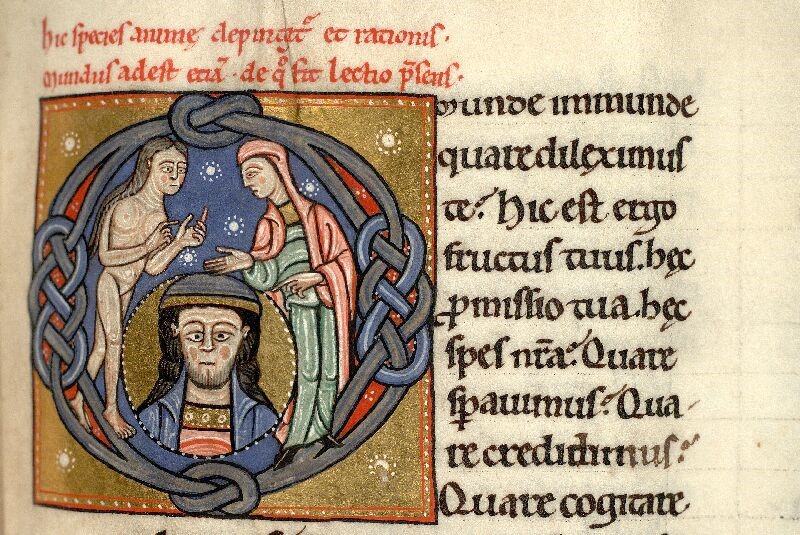SNF-Ambizione-Projekt: Healing Arts. Representations and Practices of Medical Knowledge in Art and Literature, 9th–12th centuries
Das nachantike Interesse an Pharmakologie und Botanik war besonders im 9. und 10. Jahrhundert sehr hoch: Herbarien mit aufregenden Pflanzenbildern, Gedichte pharmakologischen Inhalts, sowie zuvor unbekannte Inhaltsstoffe, die über die neuen Handelsrouten in den Westen gelangten und Eingang in die Text- und Bildkultur fanden, verdeutlichen die Bedeutung, die der Heilkunst insgesamt zugesprochen wurde. Ziel des Projektes ist es, dieser Verflechtung von Kunst, Literatur und Pharmakologie in der Vormodern nachzugehen.
Inwieweit Kunst und Literatur in ein spannungsvolles Wechselverhältnis mit pflanzlichen Arzneimitteln treten und sogar selbst als Teil der Heilkunst gedacht werden können, wird anhand von drei Aspekten analysiert. 1. Herbarien: hier liegt der Fokus auf dem Informations- und Wissensgehalt der Bilder, d.h. welche Informationen liefern die Bilder jenseits der Frage, ob die Pflanzen aus moderner Sicht botanisch korrekt sind. 2. wird nachgezeichnet, wie das in den Herbarien vermittelte Wissen auf andere Kontexte (vegetative Ornamente) und Medien (pharmakologische Gedichte) übertragen wurde. Die Beziehung zwischen Medizin und Religion, wie sie in Darstellungen von Christus als Arzt oder Asklepios als Christus zum Ausdruck kommt, bildet den 3. Untersuchungsstrang. Dabei wird auch der praktische Gebrauch von materieller und literarischer Kultur (Arzneikästchen/Heilgedichte) als potente Therapeutika analysiert.
Methodische Ansätze aus der Wissenschaftsgeschichte werden für das Mittelalter ebenso fruchtbar gemacht wie Fragen zur Botanik, Ökologie und Gesundheitsvorsorge. Dadurch zeigt das Projekt einerseits die Bedeutung des pharmakologischen Bild- und Textwissens als auch die Rolle, die Wort und Bild bei der Gestaltung solcher Wechselwirkungen einnehmen.
SNF-Ambizione-Project: The Art of Reason in the Middle Ages. Visualizing reason and rational thought (11th-15th centuries)
The imputation of “irrationality” to the Middle Ages, combined with the complex, multifaceted, and differentiated character of medieval conceptualizations of reason have contributed to a fragmented and fragmentary historical understanding of reason in the medieval period. Medieval images, more than mere “reflections” of textual discussions of reason, will reveal themselves as excellent visualizations of the facets of reason avoided or only obliquely discussed in medieval texts and, also, as powerful tools to trigger and shape the very act of reasoning.
“The Art of Reason” aims to provide a comprehensive study the idea of reason through the Middle Ages, examining reason as a multi-faceted concept, constructed and conveyed in medieval visual culture, and thereby to both broaden and deepen our historical understanding of this crucial aspect of medieval intellectual and visual culture. In pursuit of this goal, the research will be structured around four core concepts. Rational order mainly encompasses images of God as Divine Reason; Rational thinking encompasses images of knowledge, as well as forms of knowledge developed through images. Virtuous Reason considers reason as a moral tool. Irrationality will examine the role of reason in the construction of medieval identities. Finally, the topos of the sleep of reason will be explored from the Middle Ages to Goya’s famous engraving.


